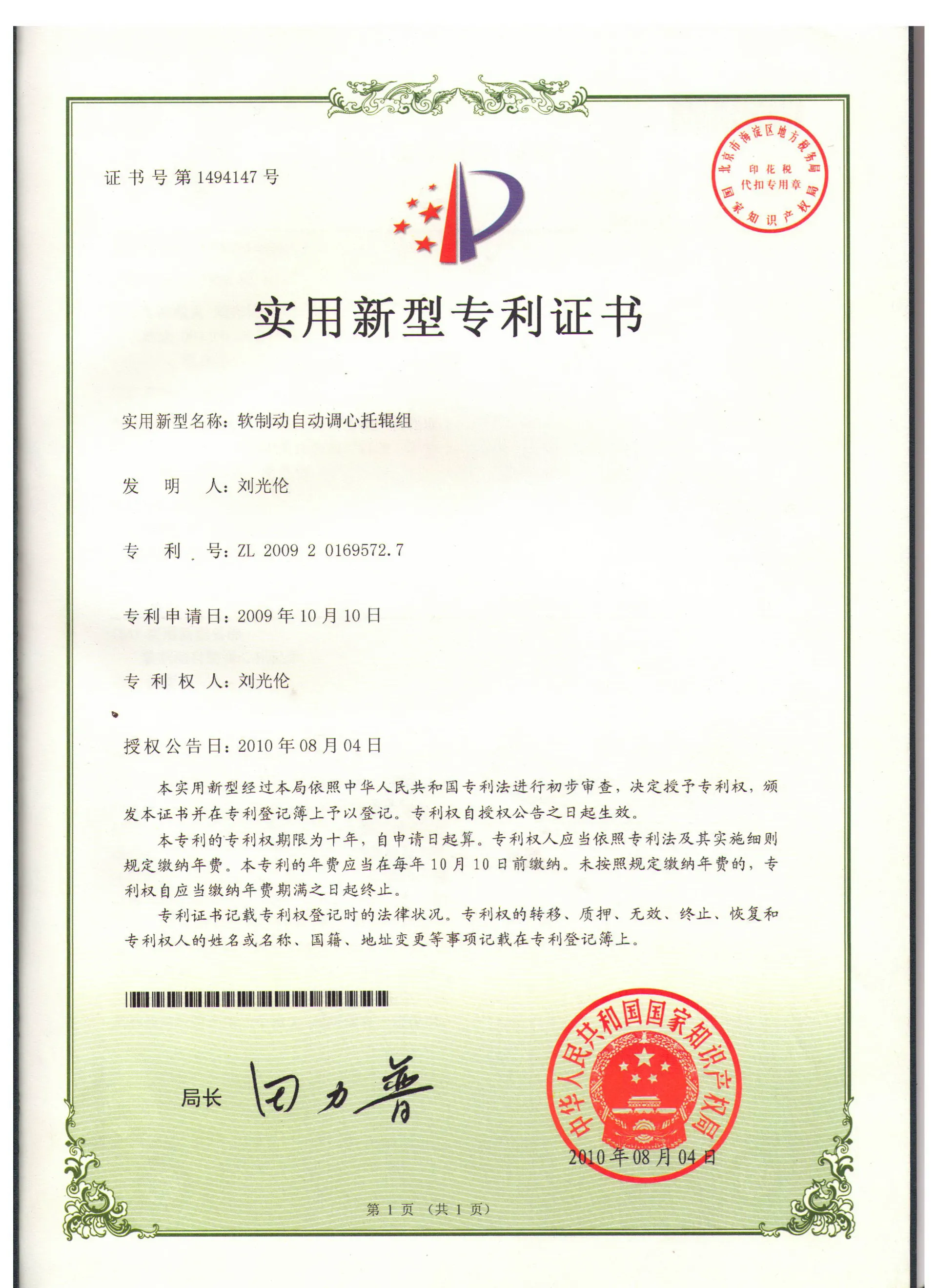 Afrikaans
Afrikaans  Albanian
Albanian  Amharic
Amharic  Arabic
Arabic  Armenian
Armenian  Azerbaijani
Azerbaijani  Basque
Basque  Belarusian
Belarusian  Bengali
Bengali  Bosnian
Bosnian  Bulgarian
Bulgarian  Catalan
Catalan  Cebuano
Cebuano  Corsican
Corsican  Croatian
Croatian  Czech
Czech  Danish
Danish  Dutch
Dutch  English
English  Esperanto
Esperanto  Estonian
Estonian  Finnish
Finnish  French
French  Frisian
Frisian  Galician
Galician  Georgian
Georgian  German
German  Greek
Greek  Gujarati
Gujarati  Haitian Creole
Haitian Creole  hausa
hausa  hawaiian
hawaiian  Hebrew
Hebrew  Hindi
Hindi  Miao
Miao  Hungarian
Hungarian  Icelandic
Icelandic  igbo
igbo  Indonesian
Indonesian  irish
irish  Italian
Italian  Japanese
Japanese  Javanese
Javanese  Kannada
Kannada  kazakh
kazakh  Khmer
Khmer  Rwandese
Rwandese  Korean
Korean  Kurdish
Kurdish  Kyrgyz
Kyrgyz  Lao
Lao  Latin
Latin  Latvian
Latvian  Lithuanian
Lithuanian  Luxembourgish
Luxembourgish  Macedonian
Macedonian  Malgashi
Malgashi  Malay
Malay  Malayalam
Malayalam  Maltese
Maltese  Maori
Maori  Marathi
Marathi  Mongolian
Mongolian  Myanmar
Myanmar  Nepali
Nepali  Norwegian
Norwegian  Norwegian
Norwegian  Occitan
Occitan  Pashto
Pashto  Persian
Persian  Polish
Polish  Portuguese
Portuguese  Punjabi
Punjabi  Romanian
Romanian  Russian
Russian  Samoan
Samoan  Scottish Gaelic
Scottish Gaelic  Serbian
Serbian  Sesotho
Sesotho  Shona
Shona  Sindhi
Sindhi  Sinhala
Sinhala  Slovak
Slovak  Slovenian
Slovenian  Somali
Somali  Spanish
Spanish  Sundanese
Sundanese  Swahili
Swahili  Swedish
Swedish  Tagalog
Tagalog  Tajik
Tajik  Tamil
Tamil  Tatar
Tatar  Telugu
Telugu  Thai
Thai  Turkish
Turkish  Turkmen
Turkmen  Ukrainian
Ukrainian  Urdu
Urdu  Uighur
Uighur  Uzbek
Uzbek  Vietnamese
Vietnamese  Welsh
Welsh  Bantu
Bantu  Yiddish
Yiddish  Yoruba
Yoruba  Zulu
Zulu Essential Parts and Features of Conveyor System Components for Efficient Operations
Understanding Conveyor System Components
Conveyor systems are a critical component in various industries, facilitating the efficient movement of materials and products throughout a facility. They are designed to transport goods from one point to another, improving productivity and minimizing manual handling. To comprehend how these systems function effectively, it is imperative to understand their key components. This article delves into the essential parts of conveyor systems, their roles, and how they contribute to overall operational efficiency.
1. Belt
The conveyor belt serves as the most visible and recognizable part of a conveyor system. This flexible band is typically made from various materials, including rubber, plastic, or metal, designed to handle specific loads and conditions. The belt's primary function is to transport materials along the conveyor track. The choice of belt material depends on the type of products being conveyed, as well as factors such as weight, speed, and environmental conditions.
2. Drive Motor
The drive motor is the heart of the conveyor system, providing the necessary power to move the belt. It is typically an electric motor that drives the rollers at one end of the conveyor. Different types of motor configurations, including gear motors and variable frequency drives, can be utilized depending on the system's design and required performance. The motor's power and speed can be adjusted to match the intended application, ensuring optimal efficiency.
3. Pulley and Rollers
Pulleys and rollers are crucial components that support and guide the movement of the conveyor belt. The drive pulley, located at the end of the conveyor, is where the belt is driven. The return pulley, found at the opposite end, helps to return the belt to its original starting point. Rollers, positioned along the length of the conveyor, reduce friction and provide support, allowing the belt to move smoothly. Proper maintenance of these components is vital, as worn or damaged pulleys and rollers can lead to breakdowns.
4. Frame
conveyor system components

The frame of a conveyor system is the structural support that holds all components together. Typically made from steel or aluminum, it provides the necessary rigidity and stability to withstand the weight of the materials being transported. The design of the frame can vary depending on the application, with some systems featuring adjustable heights or modular configurations to suit different environments and workflows.
5. Idlers
Idlers are rollers that maintain the tension and alignment of the conveyor belt. They are critical for ensuring that the belt does not sag or become misaligned during operation. Idlers also help in supporting the belt when it is transitioning between different angles, such as inclines or declines. Regular inspection of idlers is essential to prevent excessive wear and ensure smooth functioning.
6. Control System
The control system is the brain of a conveyor system, orchestrating the operation of the entire setup. It includes various electronic components and software that manage speed, direction, and timing. Advanced systems may integrate sensors and automation technologies, allowing for real-time monitoring and adjustments based on production needs. A well-designed control system enhances flexibility and efficiency, making it easier to adapt to changing operational requirements.
7. Safety Features
Safety is paramount in any conveyor system. Components such as emergency stop switches, safety guards, and sensors are integrated to protect operators and maintenance personnel. These safety features help to minimize risks associated with conveyor operation, ensuring a safe working environment.
Conclusion
In summary, understanding the various components of conveyor systems is essential for anyone involved in their design, operation, or maintenance. Each part, from the belt and drive motor to the frame and control system, plays a vital role in ensuring efficient material handling. By recognizing the importance of these components, industries can optimize their conveyor systems for better performance, increased safety, and enhanced productivity.
-
Revolutionizing Conveyor Reliability with Advanced Rubber Lagging PulleysNewsJul.22,2025
-
Powering Precision and Durability with Expert Manufacturers of Conveyor ComponentsNewsJul.22,2025
-
Optimizing Conveyor Systems with Advanced Conveyor AccessoriesNewsJul.22,2025
-
Maximize Conveyor Efficiency with Quality Conveyor Idler PulleysNewsJul.22,2025
-
Future-Proof Your Conveyor System with High-Performance Polyurethane RollerNewsJul.22,2025
-
Driving Efficiency Forward with Quality Idlers and RollersNewsJul.22,2025





























